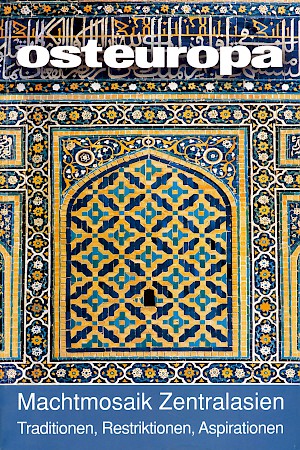Islam in Central Asia
Blossoming, Suppression, Intrumentalisation
Deutsche Fassung
Abstract
Since the Arab expansion in the 7th century, Central Asia has repeatedly been an important centre of the Islamic world. Especially in the 14th century, mystic currents from this region set in motion important impulses. For many centuries, the Sufi tradition has shaped all of Central Asia. The break with the past came with the absorption of the region into the Soviet Union. Moscow relied at times on repressing, at times on controlling Islam. However, within Central Asia’s societies, a “parallel” Islam continued to live along-side official Islam. As pressure subsided during perestroika, religious life flourished again. After independence, all of the Central Asian states gave themselves an Islamic streak. Since the middle of the 1990s, however, Islam has once again been subjected to increasing restrictions. Above all in Uzbekistan, Islam is more and more frequently equated with terror.
(Osteuropa 8-9/2007, pp. 53–76)



